Maximize Polymer Activation with Optimal Dilution Water
Polymer Basics
Polymer is often one of the top 3 costs of wastewater plant operation (behind labor and energy)! When you’re trying to clean water or wastewater, you add polymer to coagulate the contaminants which then sink down so you can filter them out. If coagulation is important for your process, you want the best machine and means to optimize the polymer. If you can optimize the performance of your polymer, you can potentially save a lot of money.
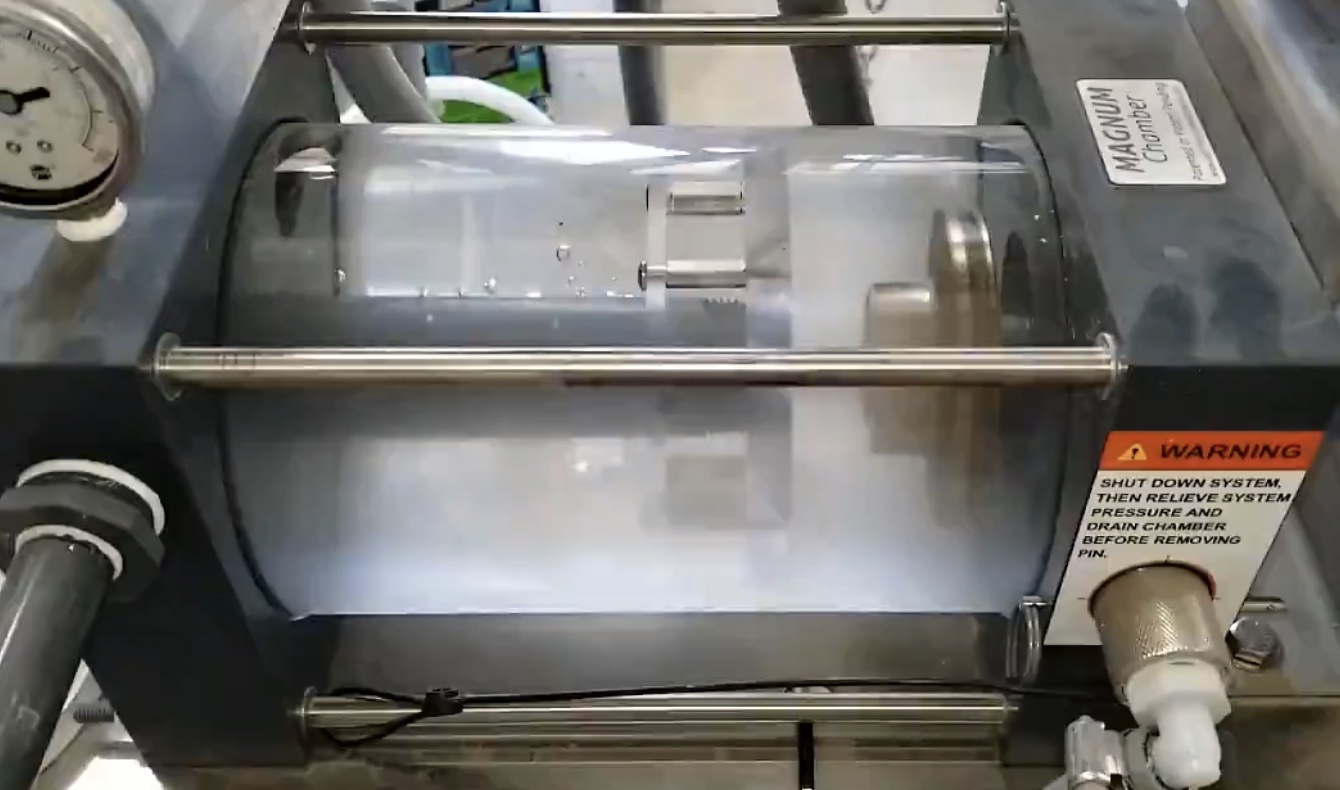
Polymer Activation
If you envision a lump of neat polymer, it’s a bit like coiled rope. Activation takes those strands and stretches them out so there’s more surface area to grab hold of contaminants. Proper activation is an important step that allows you to fully utilize your polymer supply in the form of polymer strands.
You purchase polymer in the form that makes sense for your plant (considering shelf life, storage, and what other steps you’ll need for make down) and from that you can determine how much “active polymer” you have to work with. Once we know this percentage, we can recommend the pump technology and the UGSI equipment to make your polymer most effective. UGSI accomplishes this in a unique, two stage mixing chamber where polymer and dilution water come together.
Energenecs put UGSI activation units to the test in seven separate Polyblend case studies throughout Wisconsin and Illinois. The City of Fort Atkinson Wastewater Treatment Plant decreased their polymer usage by 25-30% with their new UGSI polymer feed system.
Don’t Forget the Dilution Water!
The polymer unit, which does the activation, takes the neat polymer and injects a water stream, which is called the dilution water. The dilution water along with the polymer is fed into a special mixing chamber. The mixture is then hit with high energy mixing followed by a quiescent zone. It is this combination that really optimizes the polymer activation.
The Importance of Optimal Dilution Water
UGSI studied dilution water and figured out the optimal qualities to strive for:
- Ionic strength (Hardness): multi-valent ion hinders polymer activation: Soft water helps polymer molecules fully-extend faster. Hardness over 400 ppm may need softener. (Kim, Y.H., Coagulants and Flocculants: Theory and Practice, 43, Tall Oak Pub. Co. 1995)
- Oxidizer (chlorine): chlorine attacks/breaks polymer chains. Chlorine should be less than 3-4 ppm. Caution in using reclaimed water for polymer mixing due to negative impact on aging/maturing.
- Temperature: higher temperature, better polymer activation (David Oerke, et al, Proceedings of Residuals and Biosolids Conference 2014). Water below 40F may need a water heater. Water over 100F may damage polymer chains.
- Suspended Solids/ Turbidity/ TDS: An in-line strainer recommended and caution is to be used in using reclaimed water for polymer mixing.
Effect of Dilution Water Hardness
Soft water helps polymer chains to be fully extended
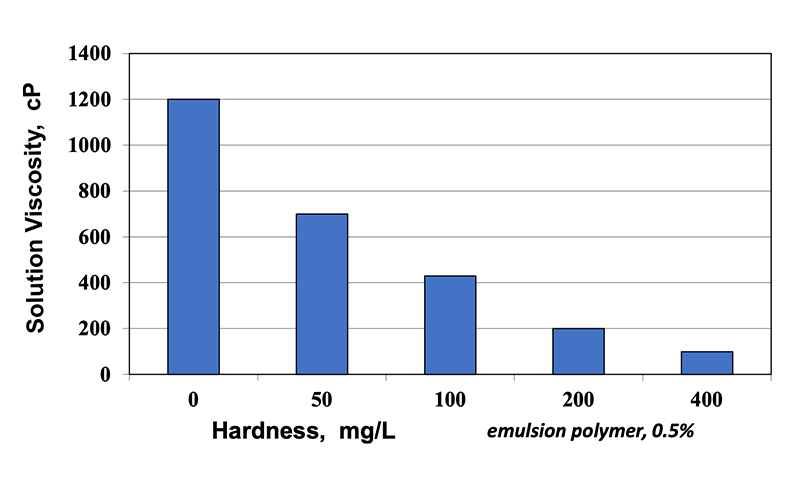
Effect of Dilution Water Chlorine Content
When reclaimed water used for polymer mixing, chlorine < 3 mg/L
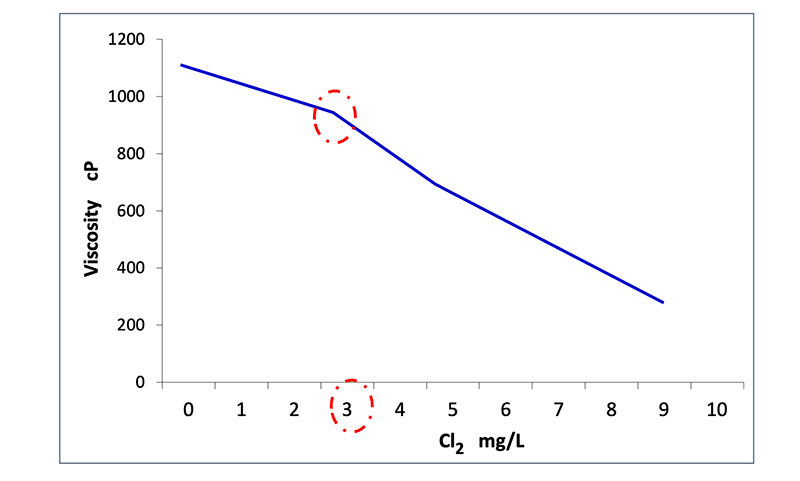
Effect of Tap Water vs Reclaimed Water
Polymer solution in 600 mL beakers, 500 rpm for 20 min
W3 from Landis Sewerage Authority, Vineland, NJ (W3-Cl2 <1ppm,TDS>280ppm)
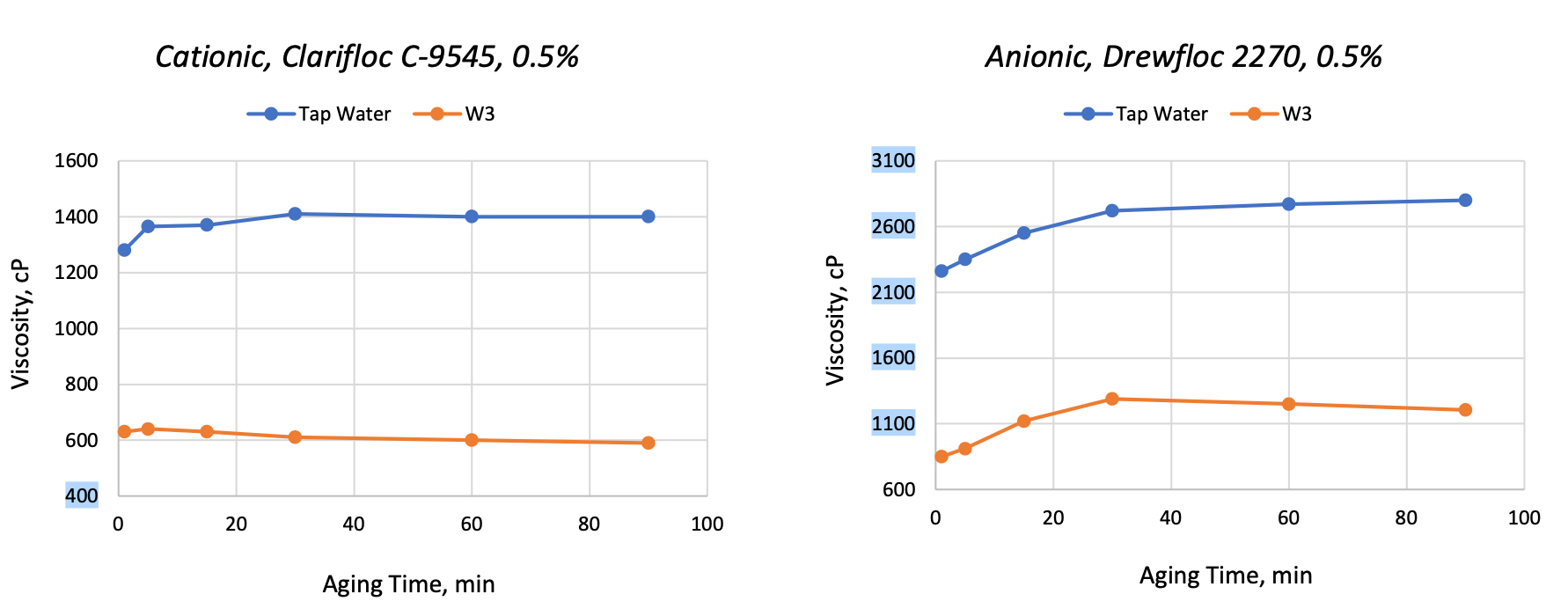
In Conclusion
When you’re trying to optimize the performance of your machine or process it’s really important to not only have the best polymer machine, such as a UGSI Polyblend, but also take into consideration outside influences, such as your dilution water and how that can impact the overall performance.
Do you have an old polymer system you would like to replace? Are your polymer costs getting out of hand? Contact Dan Waala of Energenecs to start the discussion.
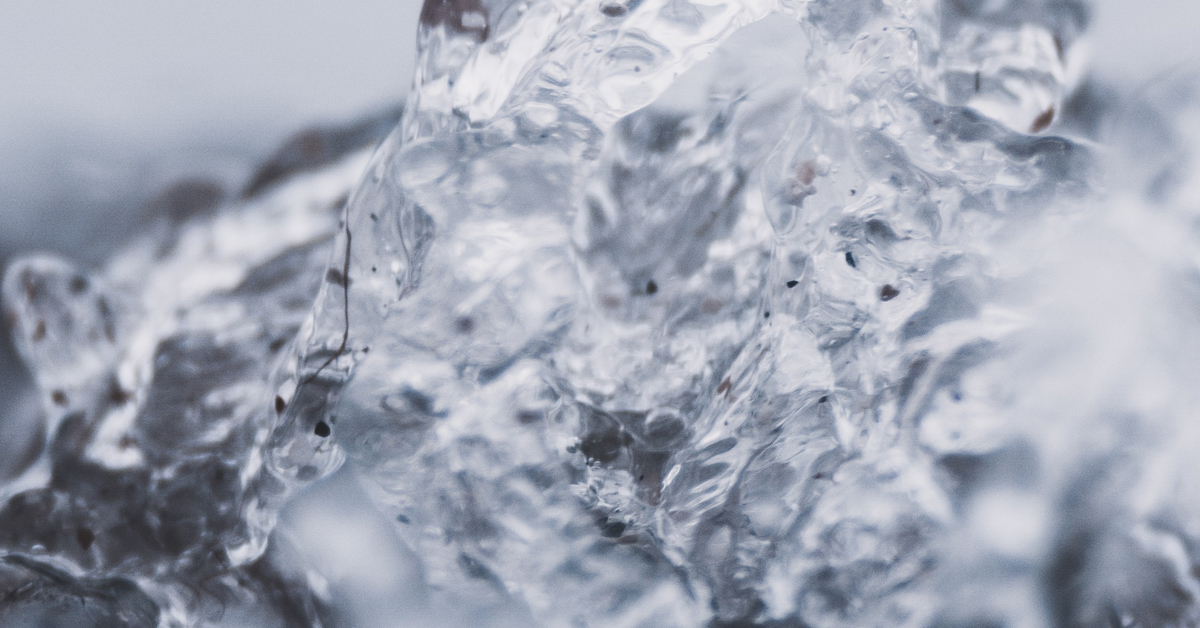








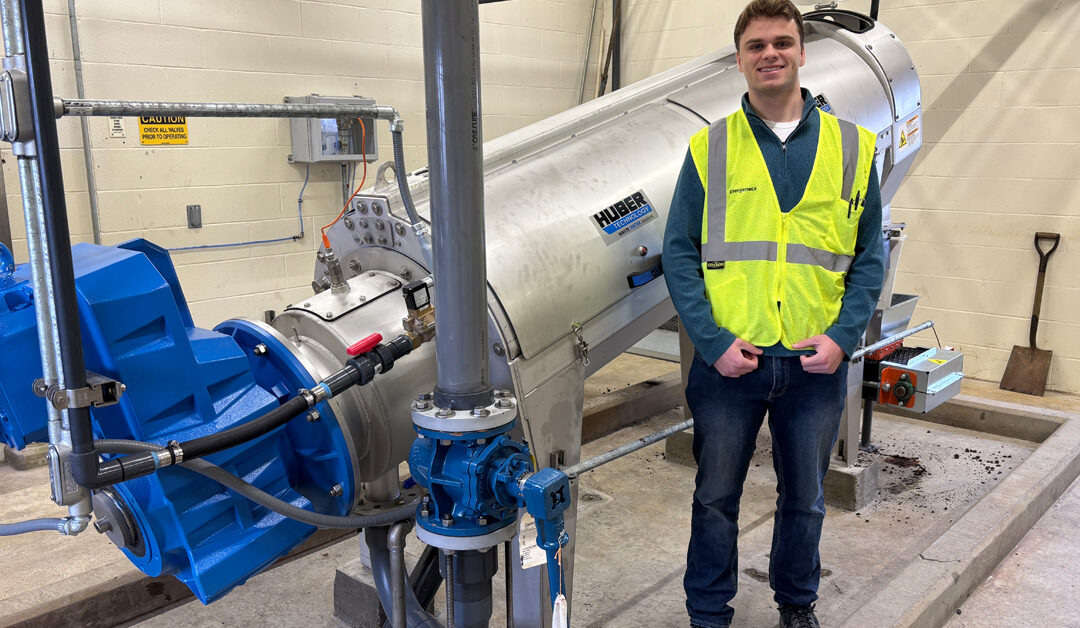

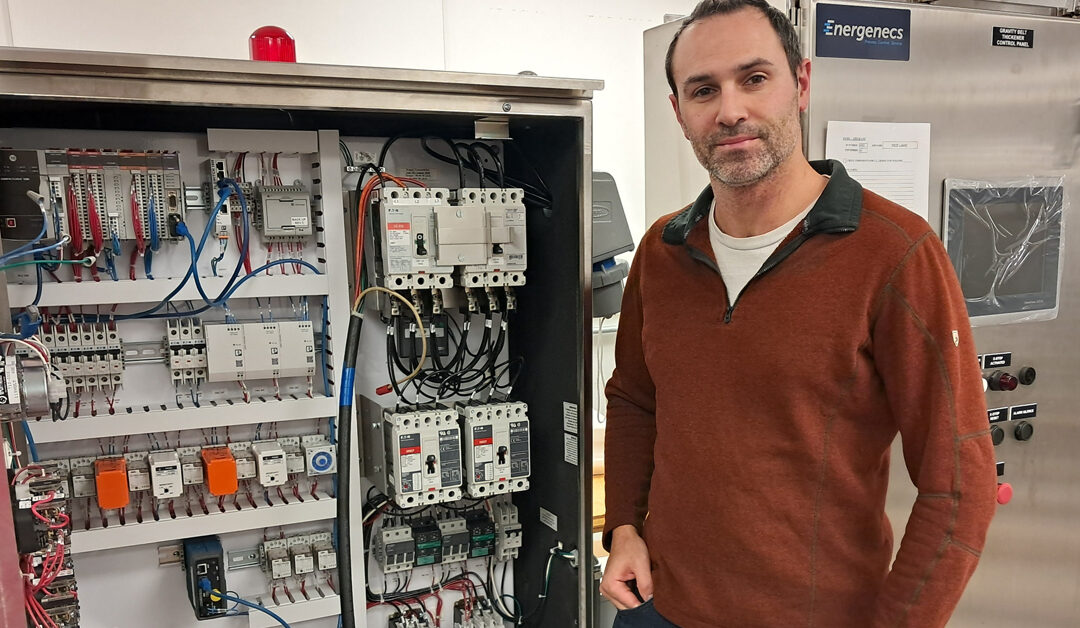
Hi Emily:
I tried to print the polymer article but it contained the “Process Control ” banner on most of the pages which covered some of the text. It is a very good and helpful article. Could you send me a “clean” copy of the text?
Thanks
Bob
please note we have added a “download pdf” button for a printable version of the content, thanks for commenting!